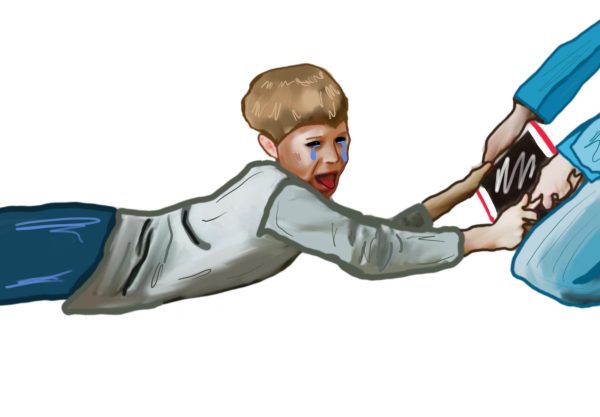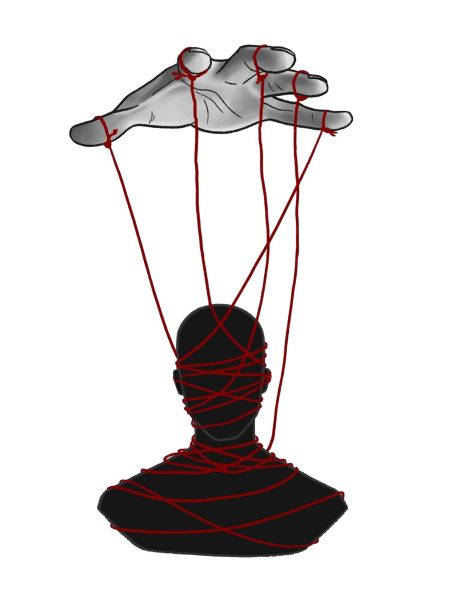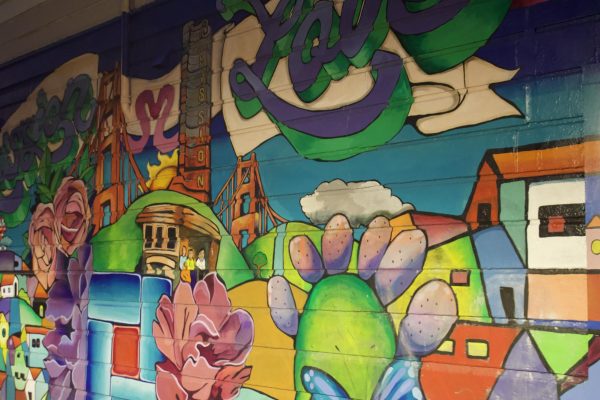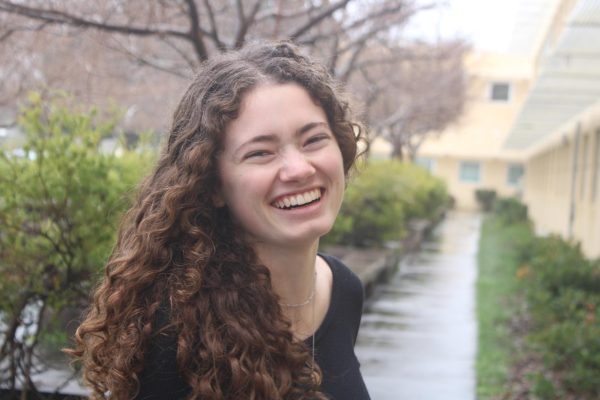In with a bang, out in a flash: A history of the military in the Bay Area
January 5, 2019
Endless evergreens and rolling hills are what Marin County is often known and loved for, but it’s what lies within these beauties that tells the story of the past of Marin, one markedly different than the proverbial bubble that surrounds the county today.
Decades ago, all United States military efforts in the Pacific Theatre were headquartered across the Golden Gate Strait in the Presidio, and the picturesque Headlands were seen as a last defense against our trans-Pacific enemy, the Japanese. Sixteen-inch barrel guns were mounted along the coast and 2,100-pound artillery shells were launched 30 miles out into the Pacific Ocean.
While such posts as Fort Baker and Fort Cronkhite seem to now be more appreciated for their social media value than their history, the military presence in Marin and the Bay Area had lasting impacts that can still be seen today. According to Advanced Placement (AP) U.S. History, Government and Economics teacher Mike Kelemen, World War II marked the beginning of a largely impactful period in military history and grew the population in Marin County from less than 100,000 pre-war to around 250,00 afterwards.
“The war caused that population spike, and that’s partly due to that there [were] a lot of jobs, like the shipping down in Sausalito, and up in Novato Hamilton Field there was an Air Force base,” Kelemen said. “It’s also changed the whole demographics of the Bay Area because [in] the military, people come from all over the country […] Now, I think that’s part of why the Bay Area is
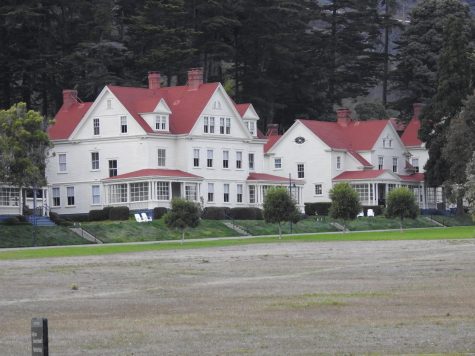
Sitting on a field at the base of the Golden Gate Bridge in the Headlands, Fort Baker has numerous housing facilities.
so insular. It was more mixed together, but with the military bases closed here, that’s kind of changed.”
Allan Blank, a park ranger from the Marin Headlands, also described the 1940s and 1950s as times of major development in the militaristic sphere. The extensive military presence around the Bay Area consisted of naval operations at Treasure Island and Alameda, an expansive arsenal in Concord, the Parks Reserve Forces Training Area in Dublin and Fort Mason in San Francisco, to name a few.
“It was always about coastal defense […] The military always had a huge presence here until the 1990s,” Blank said. “[Fort Mason] was the main port of entry and departure for men and material in the Second World War, a point of embarkation for men […] Manifest Destiny said go west so we kept going west.”
Both Kelemen and Blank said the military did more than protect the area, as it also provided a tremendous boost to the economy and diversified the overall population of the Bay Area.
“The military brings certain advantages, and it brought a lot to the Bay Area. It brought people, it brought money, it brought stability, it brought safety, it brought freedom,” Blank said. “The War changed the way we lived our lives […] The military created civilian jobs […] and changed the whole population of the Bay Area by bringing in people from all over the country.”
Barbara Sokolov Ph.D, a historian from the Presidio, said that numerous California industries benefited from the incorporation of the military in the economy throughout the state. Parts of the technological and aerodynamic sectors were entirely devoted to supporting the military and the Presidio even employed a large group of civilians.
“That’s what’s interesting [about the Presidio]. Except for a few times during crisis and warfare, [it] has always been an open post so civilians could come onto the post and [enjoy it],” Sokolov said.
Given the access the Bay Area has to both the San Francisco Bay and the Pacific Ocean, Kelemen said that the Navy was very prevalent in the area. Vallejo and Sausalito were used for shipbuilding, San Francisco was used as a temporary base for all the ships from Pearl Harbor following the attack and Richmond was used both for shipbuilding and ship fueling, with most of the refineries in the city originally built to provide oil to Navy ships.
Sokolov also mentioned the significance of naval operations in the Presidio. She said that during World War I, the Presidio was a training ground for soldiers and that as time progressed, it became more of an administrative and operative hub. Nowadays, Sokolov credits the National Parks Service with preserving the Presidio as a landmark of the past.
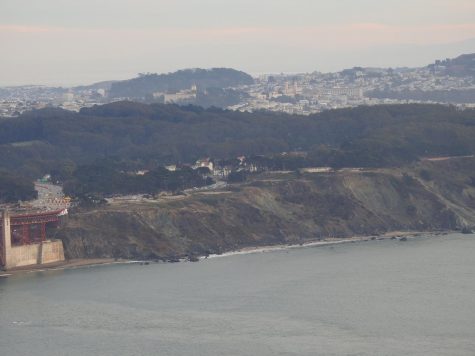
Containing a wide array of soldier housing, the Presidio was seen as a key part of ocean defense in the Bay Area.
“It’s gone from a place of war-making to a place of healing,” Sokolov said. “The Presidio itself is really a museum of coastal defense so a visitor can really take in a huge amount of not just military history but [also] the history of different kinds of communities, different kinds of plants and wildlife species.”
Blank said that as the Cold War began to ramp up, so did the use of technology, a key turning point in the militaristic presence in the Bay Area.
“One word: technology. As the military pulled out and the Second World War ended, everything we did changed. Instead of having guns, we had nuclear missiles in the Headlands and defensive missiles designed to shoot down Soviet aircraft,” Blank said. “With technology, you didn’t need as many men [or] as much material. Airplanes did an amazing job of carrying weapons a long way with [a] small cadre of men and women.”
The technology industry is also closely tied to the growth of the military during the Cold War, and Kelemen said that many Silicon Valley companies were started for defense purposes.
“The Bay Area now is known more for tech. Silicon Valley was basically started to support the military. A lot of that research, the computers that were developed down in the South Bay, they got contracts from the military to research space and spying on the Russians,” Kelemen said. “IBM, Hewlett-Packard, Apple, all those companies got a lot of funding from the Department of Defense. So even though the military is not funding them anymore they got started with support, so it’s kind of a legacy that is the backbone of our economy.”
By the late 1980s, the Cold War was coming to an end and the need for military was greatly diminished. California saw major cutbacks in all aspects regarding the military, something Blank said was necessitated by the lack of fighting and the datedness of the installations. According to Kelemen, money played a big role as well.
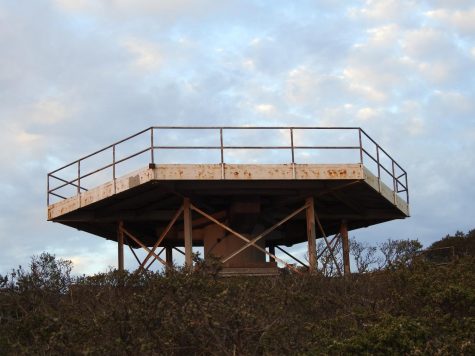
Resting atop Hawk Hill in the Headlands, the Nike Missile Site SF-88 was capable of destroying enemy ships far out in the Pacific Ocean.
“With the end of the Cold War, that’s when, gradually, these military installations were being decommissioned […] and it was a cost-saving thing,” Kelemen said. “Part of the reason the federal government shut down military bases in the Bay Area I think was because they knew if you shut down a military base in Mountain View or Marin County or Alameda there’s economic things all around those places and those jobs will be replaced by the private sector.”
By the end of the millennium, all military lands in the Headlands and the Presidio had been turned over to the National Park Service. Though many of the same installations remain hidden in plain sight today, Kelemen feels that the general population is unfamiliar with the military history in Marin.
“I think most people are just clueless,” Kelemen said. “I don’t think the average person looks at them as blemishes, but I don’t think they are sad about [them being decommissioned] either, because they’re just unaware. Most people that live here now, they don’t have that personal connection, that friend or relative that was in the military, so it didn’t impact them. People go to Fort Miley, Fort Cronkhite, they think ‘Oh it’s a beach, I’m here to go surfing.’ They don’t even stop to think about why it’s called ‘Fort.’”









